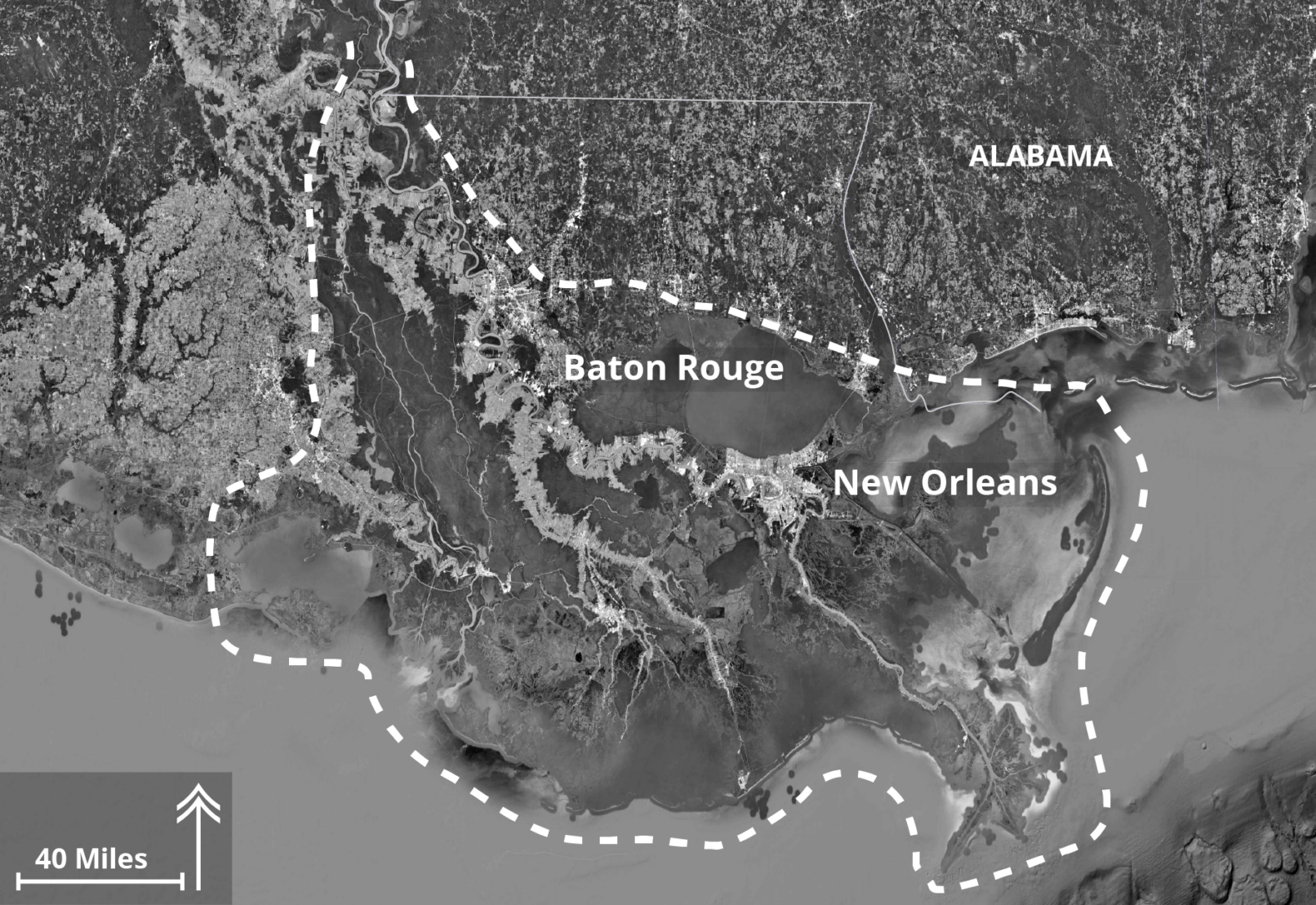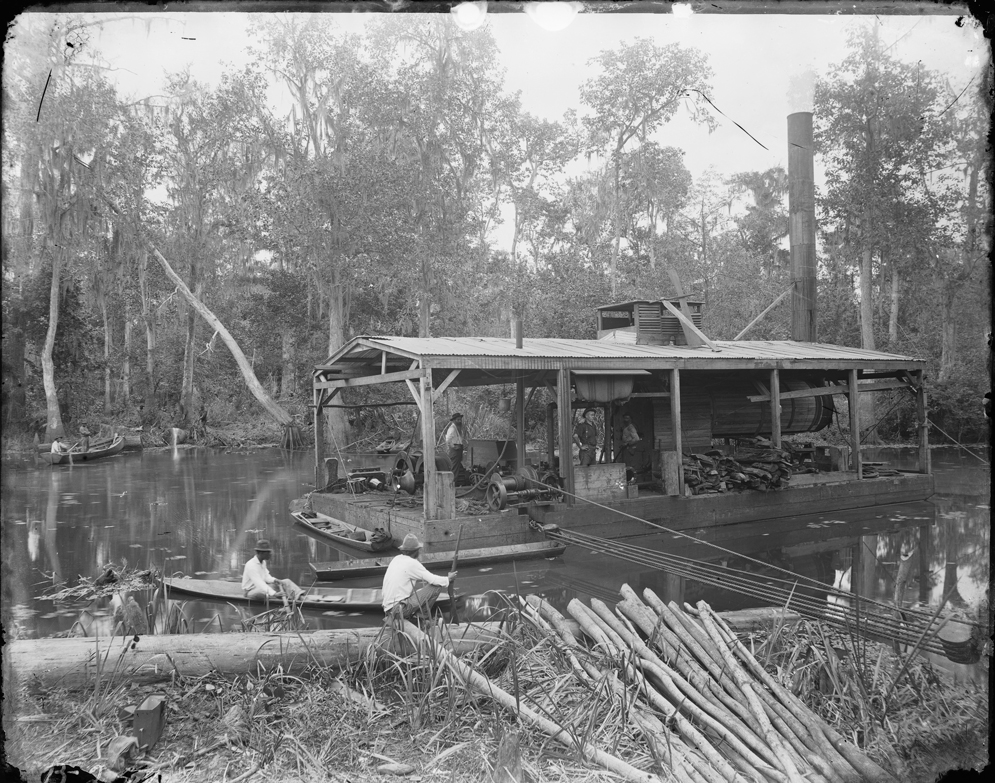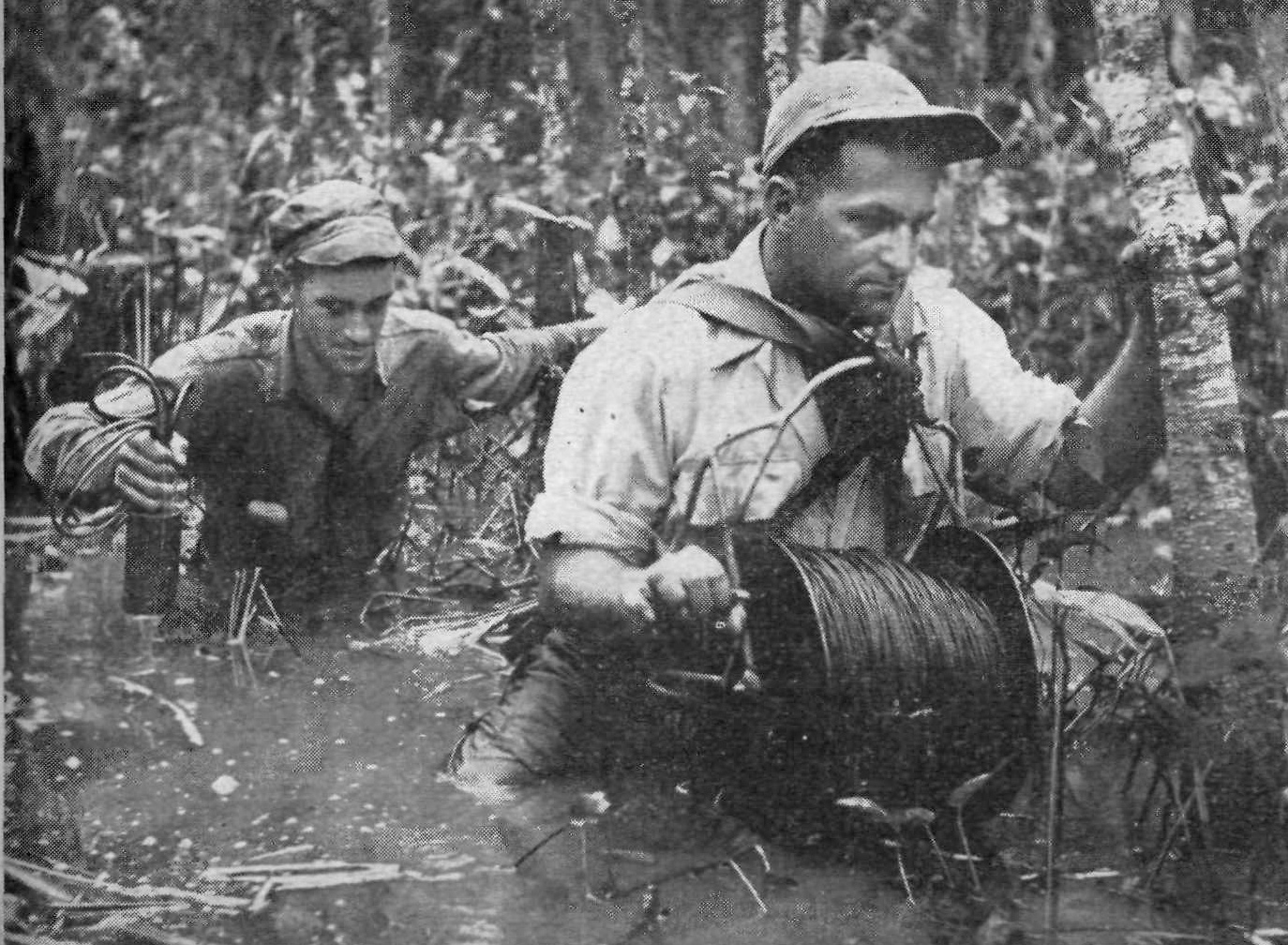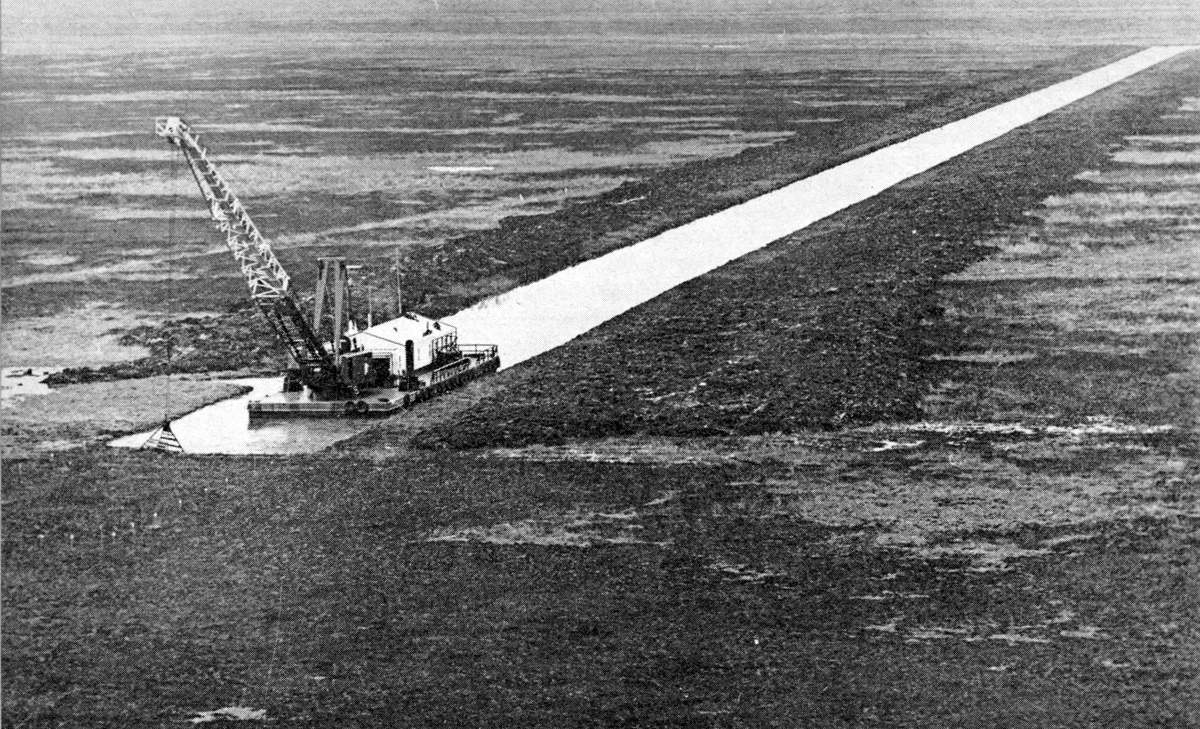The Place with No Edge
An Intimate History of People, Technology, and the Mississippi River Delta
The Place with No Edge is a book about people’s dreams of mastering nature through technology in one of the wettest, most unruly landscapes of North America. Published with Louisiana State University Press in April 2020, it chronicles three centuries of European efforts to tame the Mississippi River Delta, an environment defined by flood and wetlands.
More often than not, the technologies that French, Spanish, and American settlers brought to bear on this landscape produced deeply unanticipated consequences. Instead of liberating people from the risks of life in a flood-prone wetland, levees, irrigation ditches, canals, and other inventions often left people even more vulnerable to the environment. Far from mastering nature, people became ever more intimately entangled with it.
From increasingly catastrophic floods to denuded cypress forests, from a rapidly eroding coast to the creeping dangers of toxic pollution, people’s attempts to control nature in the Mississippi River Delta frequently mired them in misadventure. By 2005, centuries of technological intervention in the delta had prepared the ground for Hurricane Katrina’s storm surge to devastate New Orleans.
The Place With No Edge reveals how people’s struggles to control nature are actually stories about intimacy, rather than mastery. To recognize our entanglements with nature is to recognize that our innovations often commit us to deep responsibilities toward the nonhuman world. Six chapters and an epilogue span the period from the region’s first French fort, erected in 1700, through early 21st-century efforts to rescue the delta from disastrous coastal erosion.







